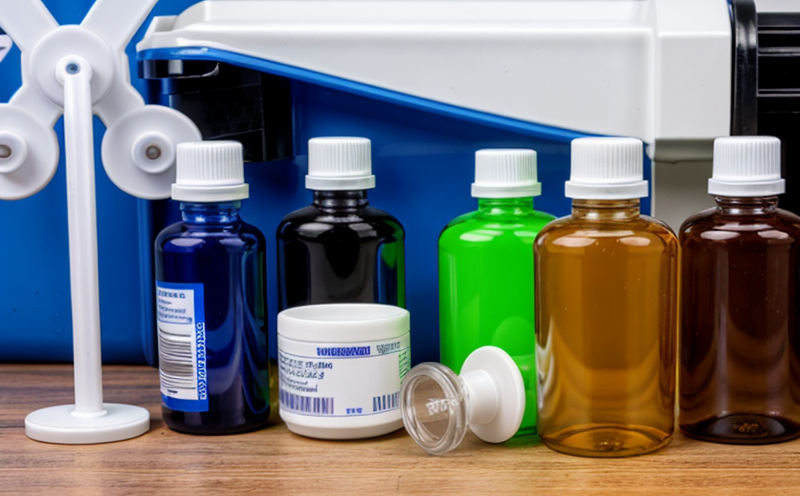EN 16225 Silver in Pharmaceutical Waste Streams
The European standard EN 16225:2018 provides methodologies for determining the concentration of silver in pharmaceutical waste streams. This is a critical analysis to ensure that pharmaceutical companies are compliant with stringent environmental regulations set forth by bodies like the European Commission and national authorities.
The pharmaceutical industry generates significant amounts of hazardous waste, including silver compounds used in drug manufacturing processes such as antimicrobial agents or metal-based drugs for extended-release systems. Proper management and testing of these wastes is crucial to prevent contamination of water supplies and soil. Silver, being a heavy metal, can bioaccumulate and pose serious environmental risks if not managed properly.
The standard specifies the use of inductively coupled plasma optical emission spectrometry (ICPOES) or inductively coupled plasma mass spectrometry (ICPMS) for quantifying silver concentrations. These techniques offer high precision and sensitivity, making them ideal for detecting even trace amounts of silver. The procedure outlined in EN 16225 includes several key steps:
- Sample Collection: Samples are collected from various stages of the waste management process, including effluents, sludges, and solid residues.
- Precipitation: Aqueous samples may require precipitation with sodium hydroxide to remove interfering ions before analysis.
- Filtering: Solid residue samples are filtered to ensure only the relevant components are analyzed.
- Digestion: Samples undergo acid digestion (typically nitric and perchloric acids) to convert organic materials into inorganic compounds, ensuring accurate quantification of metals like silver.
- Analysis: The digested samples are then subjected to ICP-MS or ICPOES for final determination of the silver concentration. Calibration standards with known concentrations of silver are used to calibrate the instrument and ensure accuracy.
The standard also provides guidance on reporting results, including statistical treatment (e.g., mean values, confidence intervals) and quality assurance measures such as replicate analyses and blank controls. Compliance with this method is essential for pharmaceutical manufacturers aiming to demonstrate their adherence to EU directives on hazardous waste management.
Compliance officers and R&D engineers responsible for environmental impact assessments need to understand the nuances of EN 16225 to ensure that testing protocols are followed accurately. This standard helps in making informed decisions about waste treatment processes, recycling strategies, and disposal methods, thereby minimizing environmental footprint.
Industry Applications
The application of EN 16225:2018 extends beyond just the pharmaceutical industry. Other sectors that generate silver-containing wastes can also benefit from this standard:
- Pharmaceutical Manufacturing: Ensuring compliance with regulatory requirements for waste management.
- Biotechnology Companies: Managing and disposing of biodegradable plastics and other materials containing metals used in production.
- Medical Device Manufacturers: Testing by-products from manufacturing processes that involve metal coatings or plating operations.
- Hospitals and Clinics: Monitoring waste streams resulting from clinical trials, patient care, and laboratory experiments involving silver compounds.
- Pharmaceutical Research Institutions: Validating the accuracy of analytical methods used in R&D for new drug formulations containing metals like silver.
The standard is particularly relevant for entities that must comply with regulations governing hazardous waste disposal. By ensuring accurate measurement and reporting, laboratories can provide robust data to regulatory bodies and support sustainable practices within their operations.
Quality and Reliability Assurance
To ensure the reliability of results obtained through EN 16225:2018, several quality assurance measures are recommended:
- Calibration Checks: Regular calibration of ICP-MS or ICPOES instruments using certified reference materials.
- Blank Controls: Analyzing blank samples to account for any potential contamination during sample preparation and analysis.
- Replicate Analyses: Conducting multiple analyses on the same sample to assess reproducibility and precision of results.
- Data Validation: Comparing analytical data with historical records or external validation methods where possible.
- Certified Reference Materials (CRMs) <|im_start|><|im_start|>⚗法师职业





